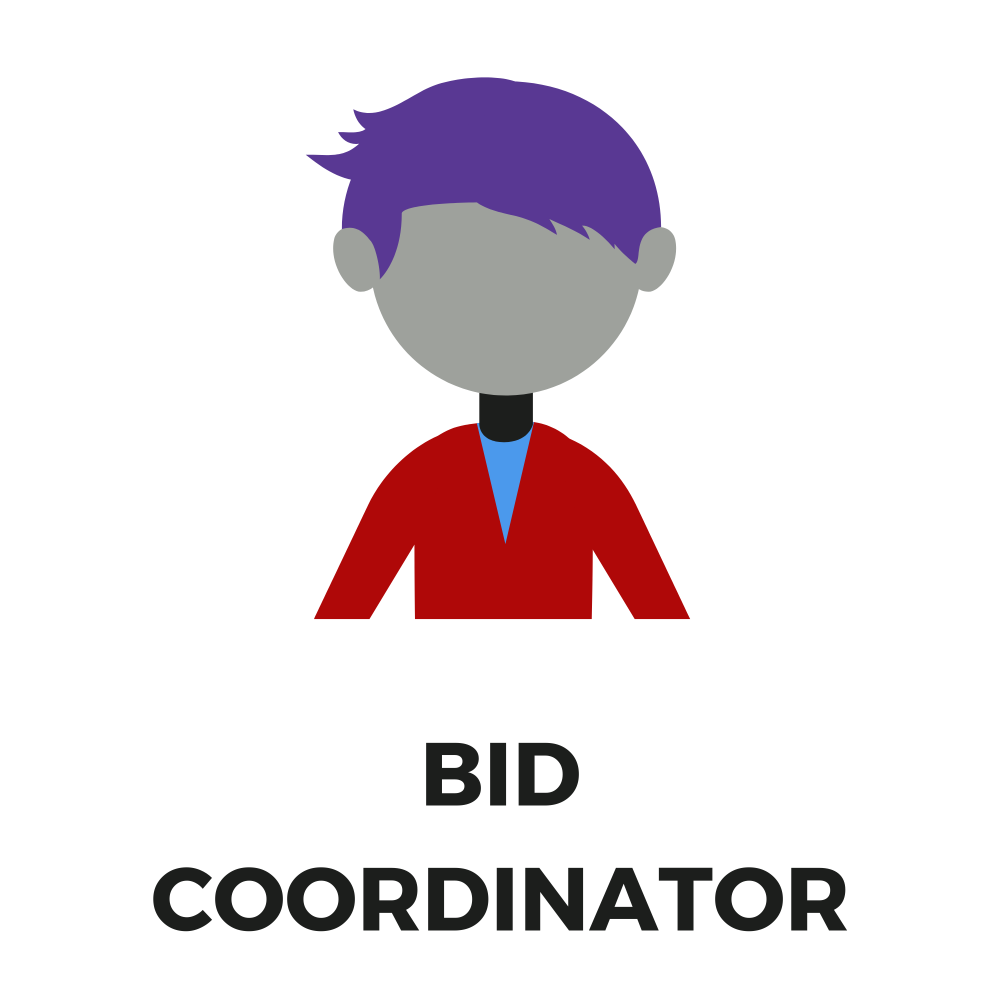Bids. Proposals. Tenders. Pursuits.
Whatever nomenclature you prefer, there is no disputing that formal procurement is the preferred sourcing mechanism for business and government buyers. In recent years, seemingly every business-to-business category has observed an increase in the number, complexity and value of private and public sector tenders.
Consequently, demand for bid support has exploded. So, too, has competition for talent.
There are a multitude of reasons why your business might not be winning competitive tenders. Inadequate resourcing is one of the most likely reasons.
Competitive bids require a complex mix of skills and experience. From strategy and storytelling to project management and pricing, bids draw on the left and right brain in equal measure.
Resourcing options
Many large organisations have responded to the demand for talent by centralising their bidding capability. By recognising tendering is a discrete profession, these companies can offer bid workers opportunities for advancement and a structured career path which aids recruitment and retention.
Other organisations have elected to make bids a component of all business development roles. It’s a reasonable workaround in a tight market.
And others opt to outsource to businesses like ours so they can access first-class expertise on-demand.
Whether you insource or outsource, centralise or not, certain roles must be performed, and certain skills must be accessible, for you to successfully respond to competitive on- and off-market opportunities.
This is the anatomy of a bid team.
Head of Pursuits
A head of pursuits is responsible for your organisation’s overarching pursuits strategy, including:
- Building a sales pipeline by identifying and qualifying opportunities
- Implementing rigorous processes and controls, and overseeing the creation of document repositories, databases, content management systems and toolboxes to make the process of responding to tenders more efficient and improve the quality of sales and proposal content
- Leading the most complex (size and scope) and strategic high-end pursuits
- Resourcing each opportunity with the appropriate level of bid support
- Leading the development of account and opportunity value propositions

- Strategic
- Commercial
- Leadership
- Influence
- Coaching
- Mentoring
- Process-Driven
- Communication
Bid Coach
If you reach the presentation stage, you can’t assume you’ve won the contract – you’re merely one step closer.
A bid coach will ensure your team presents what and how the buyer wants.
If the presentation stage is actually a panel interview, a bid coach will put your team through Q&A to test how comprehensively they know your proposal, and how well they handle interrogation.
And if you are required to deliver a formal presentation, a bid coach will assist you in structuring your session, advise you on the ideal composition of your presentation team, guide your choice of tools and technology, and ensure you’ve adequately rehearsed.

- Influence
- Persuasive
- Communication
- Leadership
- Strategic
Bid Manager
Many businesses make the mistake of thinking their tenders can be managed by relatively inexperienced business development executives. They approach tenders as little more than question and answer exercises, ignoring the strategic intent, and underestimating the heightened state of competition. Those same businesses also wonder why success eludes them.
In strategic procurement, the key word is ‘strategic’. Millions of dollars in revenue could be up for grabs, or at stake.
An experienced bid manager will lead the team and manage production of a high- quality submission.
This is an end-to-end role which starts at the kick-off meeting and concludes with a lessons learned session once an outcome is known.
This person is responsible for developing your bid strategy and value proposition, having regard for, among other things:
- The nature of the opportunity (for example, whether it is an open tender or by invitation only)
- Whether you are the incumbent or it is an existing client
- Whether other parties will be involved as alliance partners or subcontractors
- The competition
- The evaluation criteria and their weightings
The bid manager sets the project plan, oversees governance, and should be relied upon to escalate issues and flag risks along the way.

- Strategic
- Analytical
- Commercial
- Storyboarding
- Persuasive
- Collaborative
- Competitive
- Project management
- Attention to detail
- Risk management
Bid Writer
The best tenders are written in plain English and in a compelling and engaging style.
It’s not easy: Large tenders can require input from dozens of stakeholders. Each piece of content will be written in a different style. Some content will be heavy with jargon, other contributions will be written almost in shorthand. Much of it will need to be rewritten. Content will need to be compared, cross-checked and scrutinised for contradictions and duplication. Subject matter experts will need to be interviewed to fill in missing pieces of information.
All of this is the role of the bid writer, as is smoothing and standardising the content so that it reads as though written by just one person, a single voice.
Simultaneously, the bid writer must ensure that the key communication messages are clear and reinforced.

- Writing (persuasive, storytelling)
- Editing
- Comprehension
- Attention to detail
- Collaborative
- Analytical
- Tenacious
- Ability to handle pressure
- Deadline-driven
- Proactive
- Resilient
Graphic Designer
It’s not unusual for RFTs to impose space, page, or even word restrictions. In these situations, an effective workaround can be to use graphics and illustrations to communicate complex concepts.
Even without restrictions, visuals add to the look, feel, and readability of business documents.
Of course, not every BD team will have access to a graphic design professional. Fortunately, impactful charts and diagrams can be created by amateurs using sites like Canva and programs like PowerPoint.
The most important point to remember is any and all graphics must be brand compliant so whoever is responsible for the visual elements must have a detailed understanding of your brand guidelines.

- Creative
- Attention to detail
- Compliant
- Reliable
Bid Coordinator
Large business and government tenders will sometimes be a few hundred pages. Documents of this size do not come together easily – especially when they involve input from scores of stakeholders, and sign off from seemingly as many.
Though usually the most junior member of a bid team, the bid coordinator plays a vital role. This person’s responsibilities usually include:
- Monitoring the relevant tender portal and circulating addenda within the bid the team
- Coordinating team meetings (kick-off, reviews, debrief)
- Assembling and customising biographies
- Extracting, analysing and graphically presenting data
- Assembling and updating case studies and project sheets
- Chasing subject matter experts and function leaders for content
- Master document management
- Maintaining asset registers

- Communication (written, verbal, graphical)
- Deadline-driven
- Attention to detail
- Collaborative
- Reliable
- Tenacious
- Ability to handle pressure
- Proactive.
If you like what we have to say, and how we say it, join our mailing list and be first to receive business development news and views.



